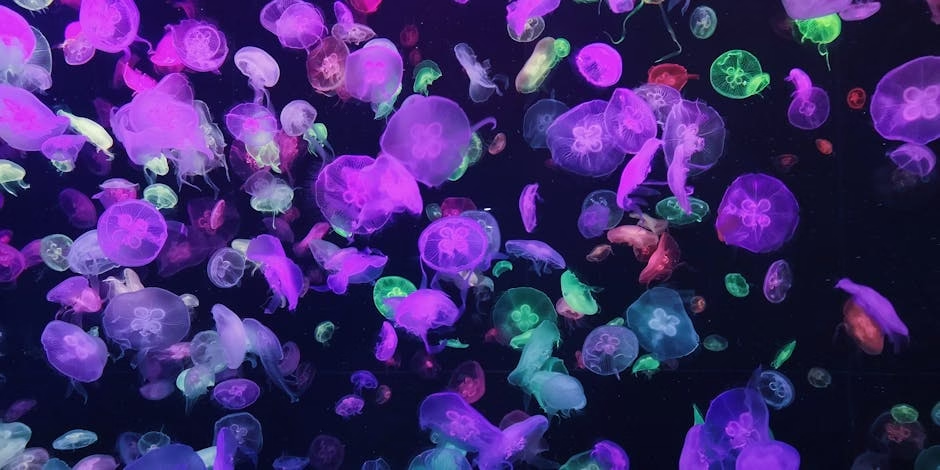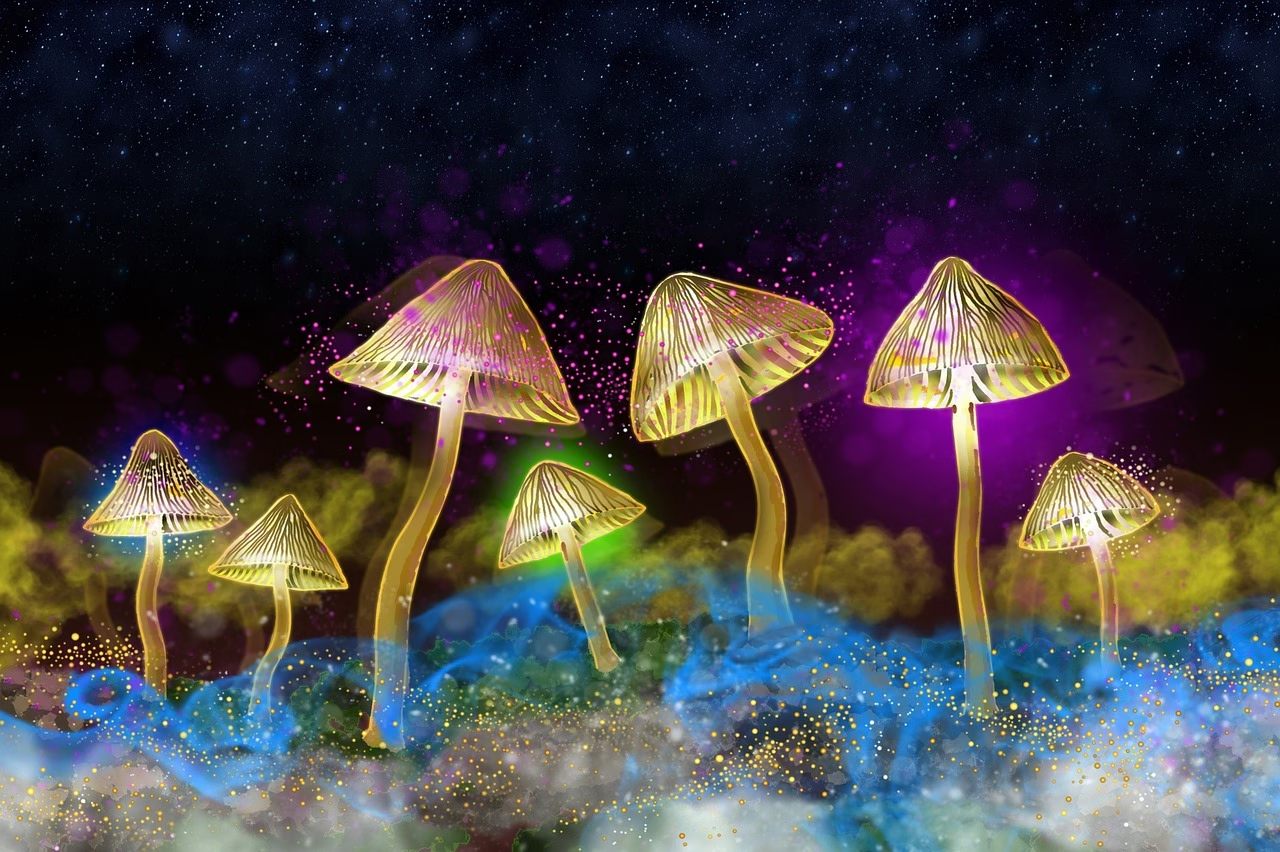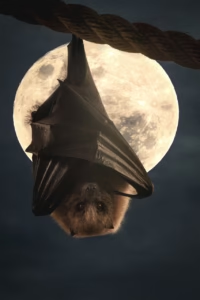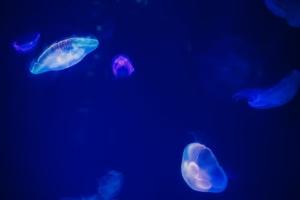The Art and Science of Bioluminescence
Unveiling the mysterious glow of nature’s light show.
From glowing jellyfish in the ocean to fireflies lighting up summer nights, bioluminescence is one of nature’s most captivating phenomena. This natural light display occurs across a range of species and environments, raising questions about its purpose and mechanisms. Let’s delve into the wonders of bioluminescence, exploring how it works and why it’s essential in the natural world.
What Is Bioluminescence?
Bioluminescence is the production and emission of light by living organisms. Unlike sunlight or artificial light, bioluminescent light is generated through chemical reactions within the organism’s body. It’s most commonly observed in marine species, though some terrestrial organisms like fireflies and fungi also possess this remarkable ability.
The glow results from a reaction between a molecule called luciferin and oxygen, catalyzed by the enzyme luciferase. The energy released during this reaction produces light, often in shades of blue or green, as these colors travel best in water.
For a detailed explanation of the chemistry behind bioluminescence, visit Britannica’s guide to bioluminescence.
Where Is Bioluminescence Found?
Bioluminescence is most common in marine environments, with nearly 80% of organisms in the deep sea capable of producing light. Some notable examples include:
- Jellyfish: These creatures often glow to confuse predators or attract prey.
- Anglerfish: The famous “lightbulb” on their heads acts as a lure for unsuspecting prey.
- Dinoflagellates: These plankton create mesmerizing waves of light when disturbed, often seen as glowing tides.
On land, bioluminescence is found in fireflies, glow worms, and certain types of fungi like the “foxfire” or glowing mushrooms. Learn more about bioluminescent fungi in our post on Fascinating Fungi Adaptations.
The Purpose of Bioluminescence
Bioluminescence serves various functions, depending on the species and environment:
- Attracting Mates: Fireflies use specific light patterns to find compatible partners.
- Camouflage: Deep-sea organisms like the hatchetfish use light to blend with the faint sunlight above, making them invisible to predators below.
- Predator Evasion: Some species, like certain squids, eject glowing ink to distract predators while they escape.
- Luring Prey: Anglerfish and other predators use bioluminescence to draw prey closer.
The Role of Bioluminescence in Research
Bioluminescence isn’t just a natural wonder—it’s a valuable tool in scientific research. The genes responsible for producing light have been adapted for use in biotechnology. For example:
- Medical Imaging: Bioluminescent markers are used to track cellular processes and study diseases like cancer.
- Environmental Monitoring: Bioluminescent bacteria can detect toxins in water, acting as early warning systems for pollution.
To learn more about innovative uses of bioluminescence, check out this article from Science Magazine.

Bioluminescence and Ecotourism
Bioluminescent organisms have become a popular attraction for ecotourists. Destinations like Mosquito Bay in Puerto Rico and the glowing beaches of the Maldives offer unforgettable experiences of nature’s light show. However, human activity poses a threat to these ecosystems. Conservation efforts are crucial to preserve these breathtaking displays for future generations.
For tips on sustainable travel, read our post on Sustainable Ecotourism Practices.
Conclusion
Bioluminescence is more than just a spectacle—it’s a survival tool, a scientific resource, and a reminder of nature’s incredible ingenuity. Whether it’s lighting up the deep sea or aiding groundbreaking research, this phenomenon continues to inspire awe and curiosity.
Next time you see a firefly or hear about glowing waters, take a moment to appreciate the science and beauty behind bioluminescence. It’s a reminder that even in the darkest places, light can be found.





